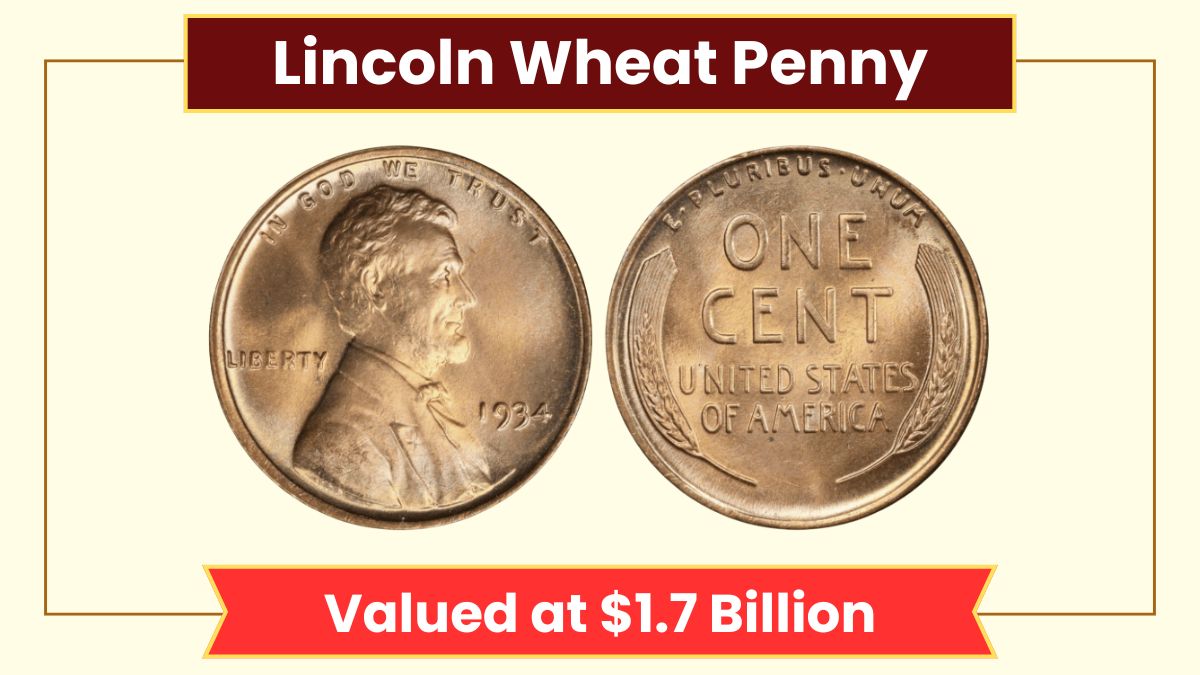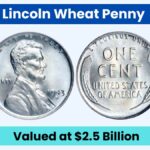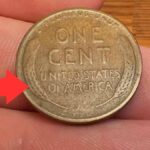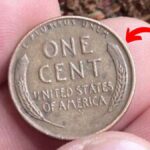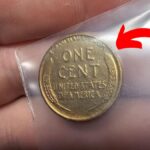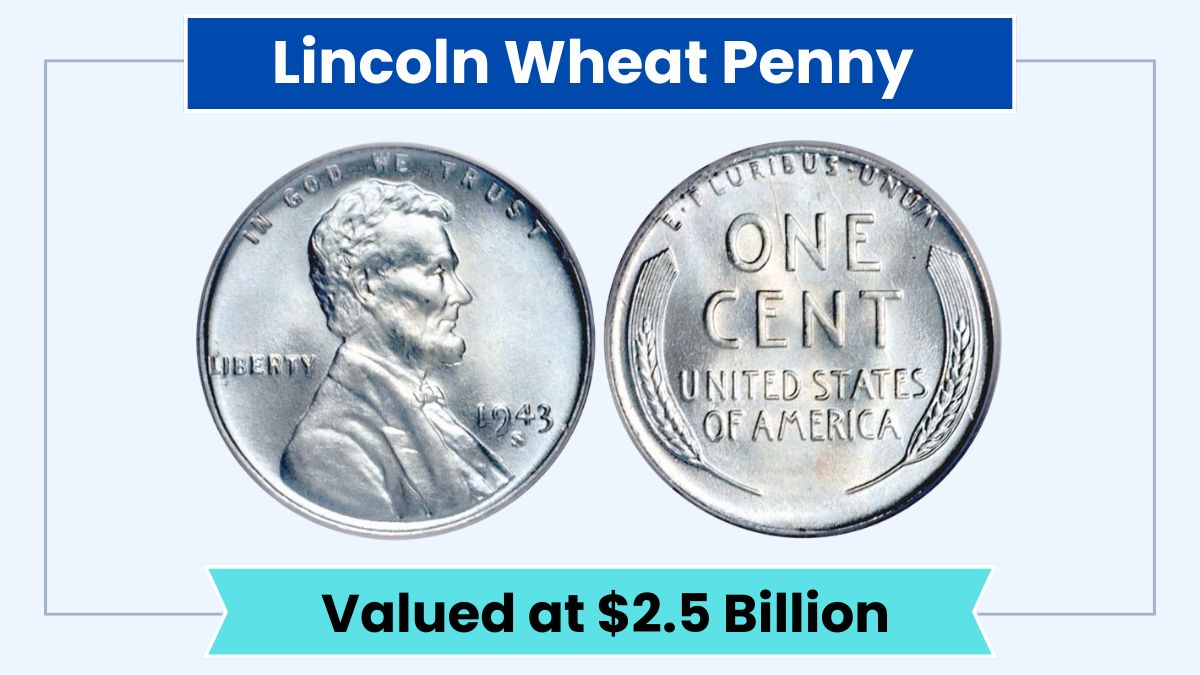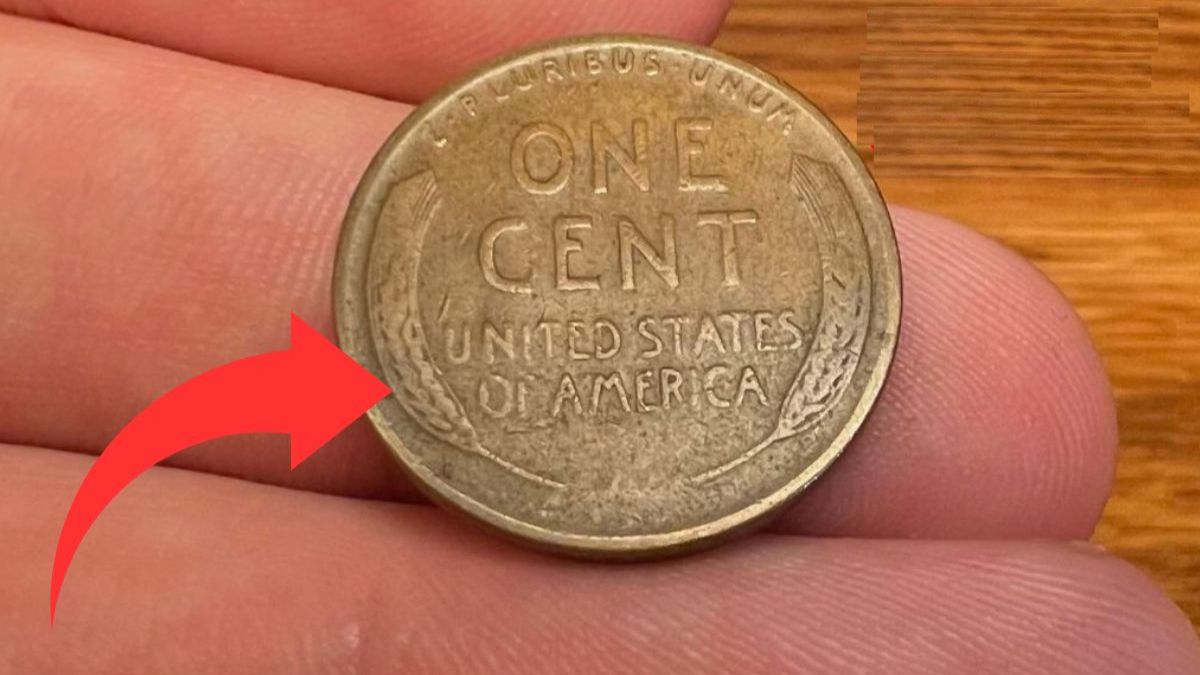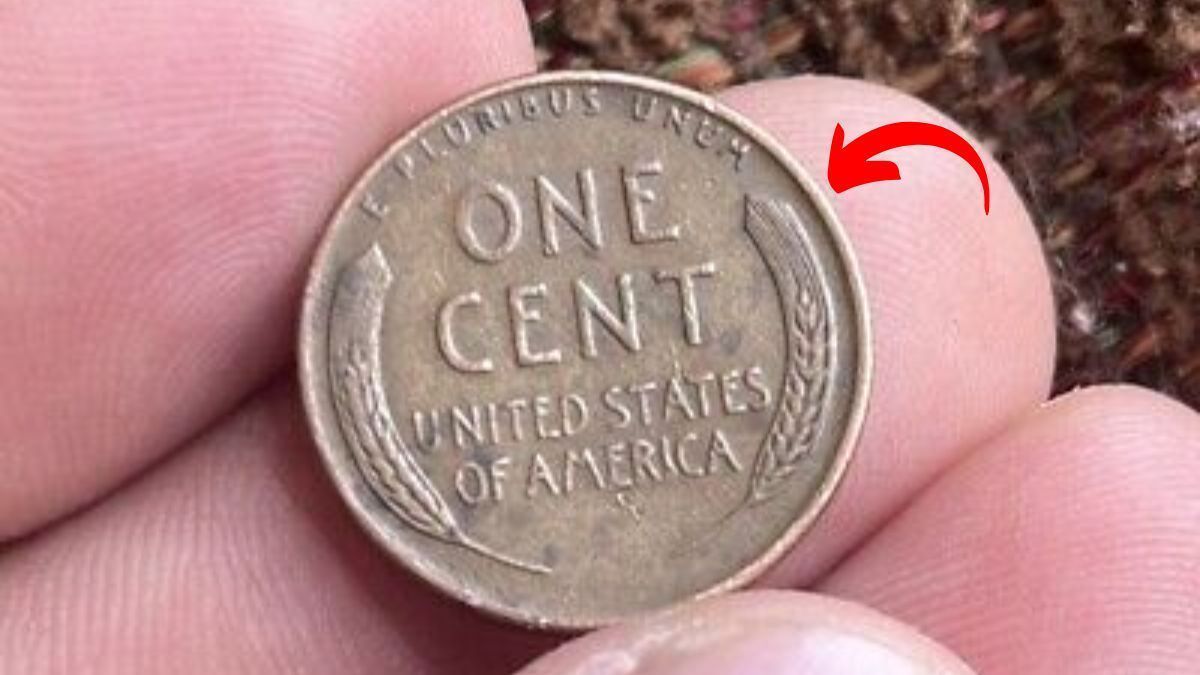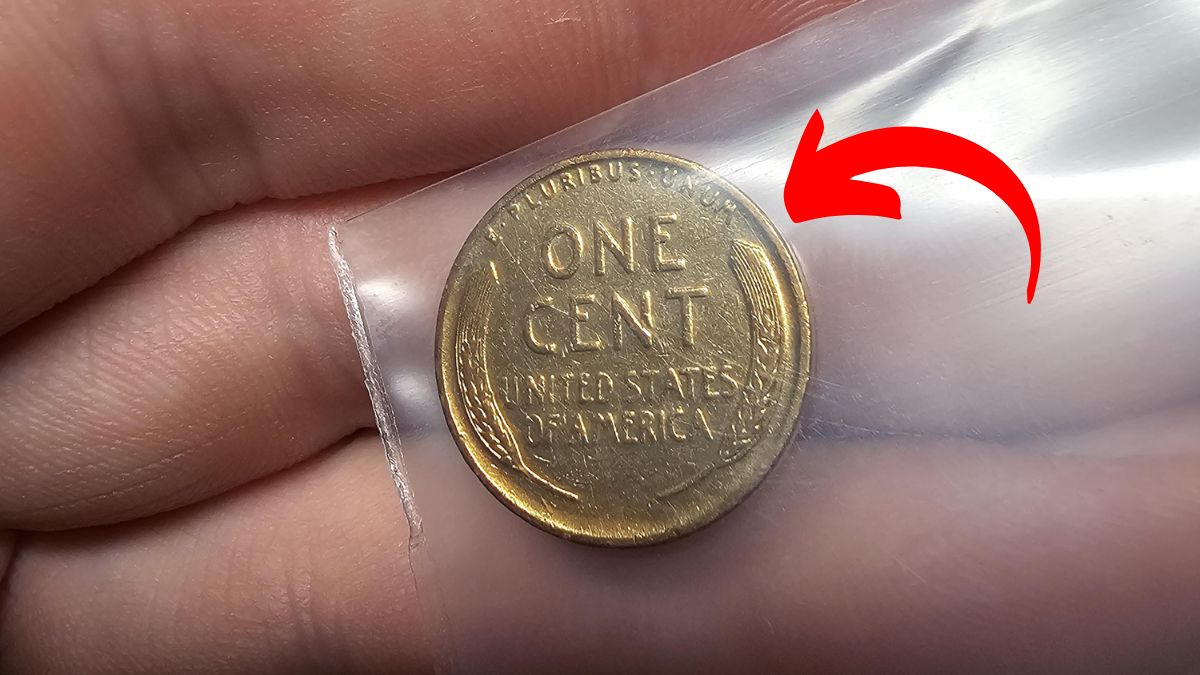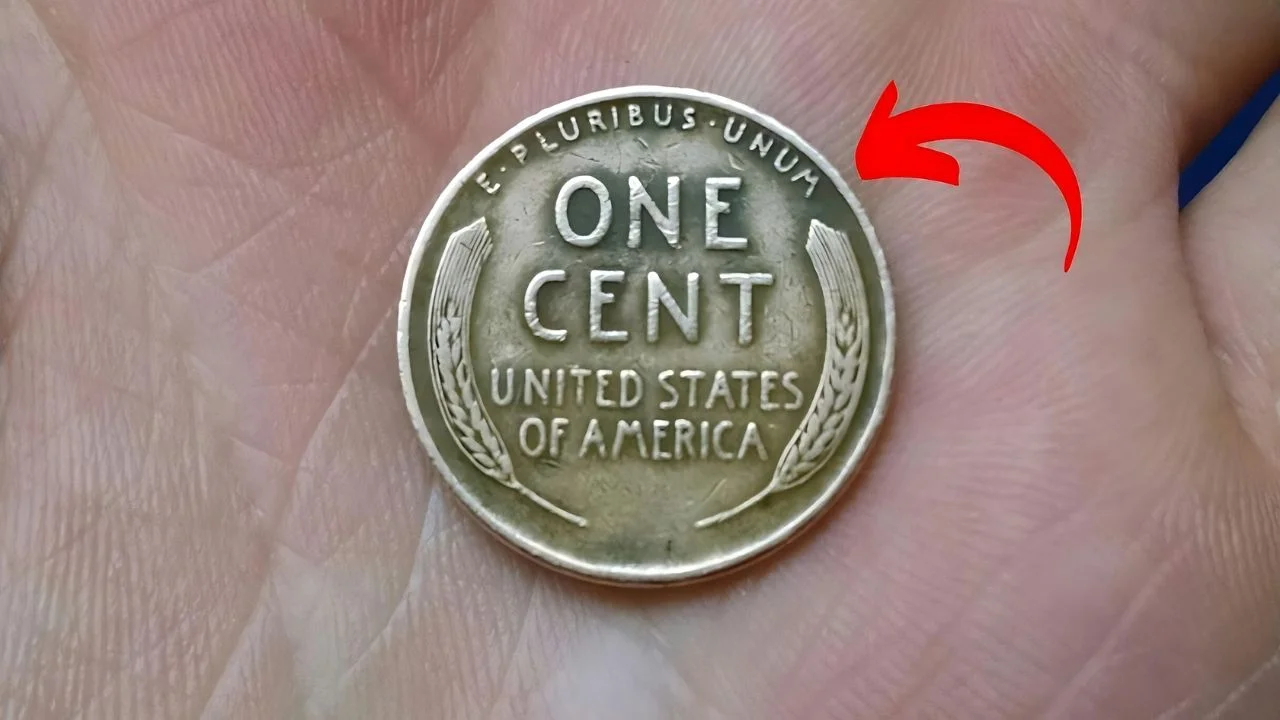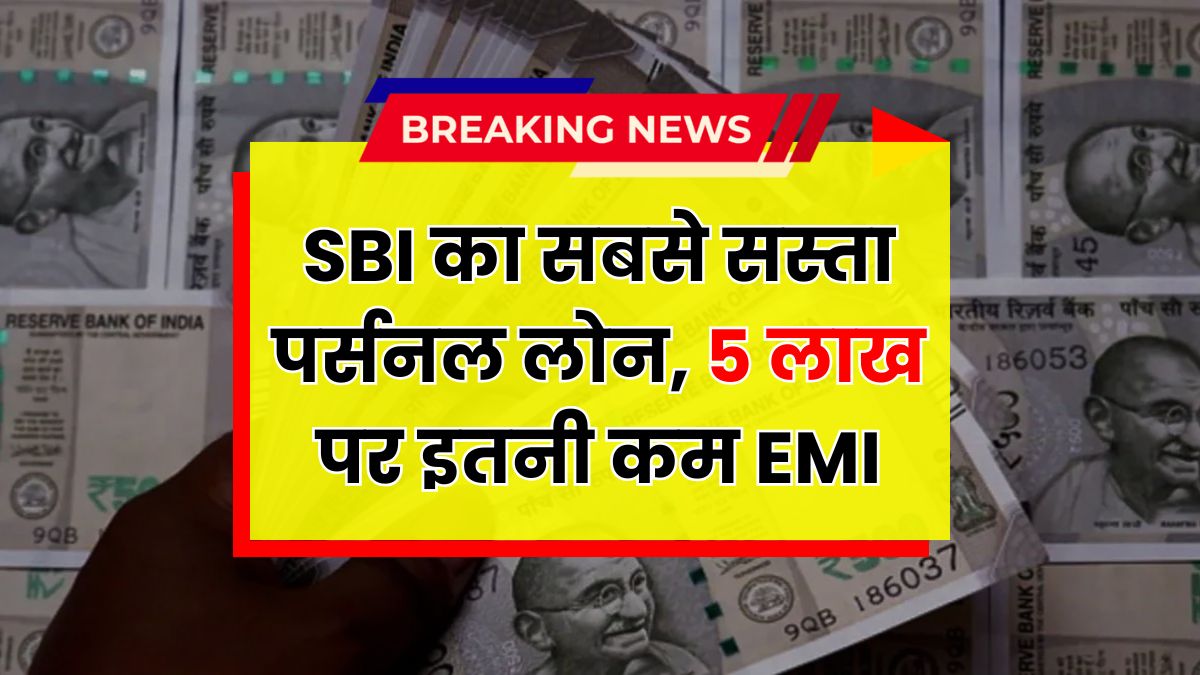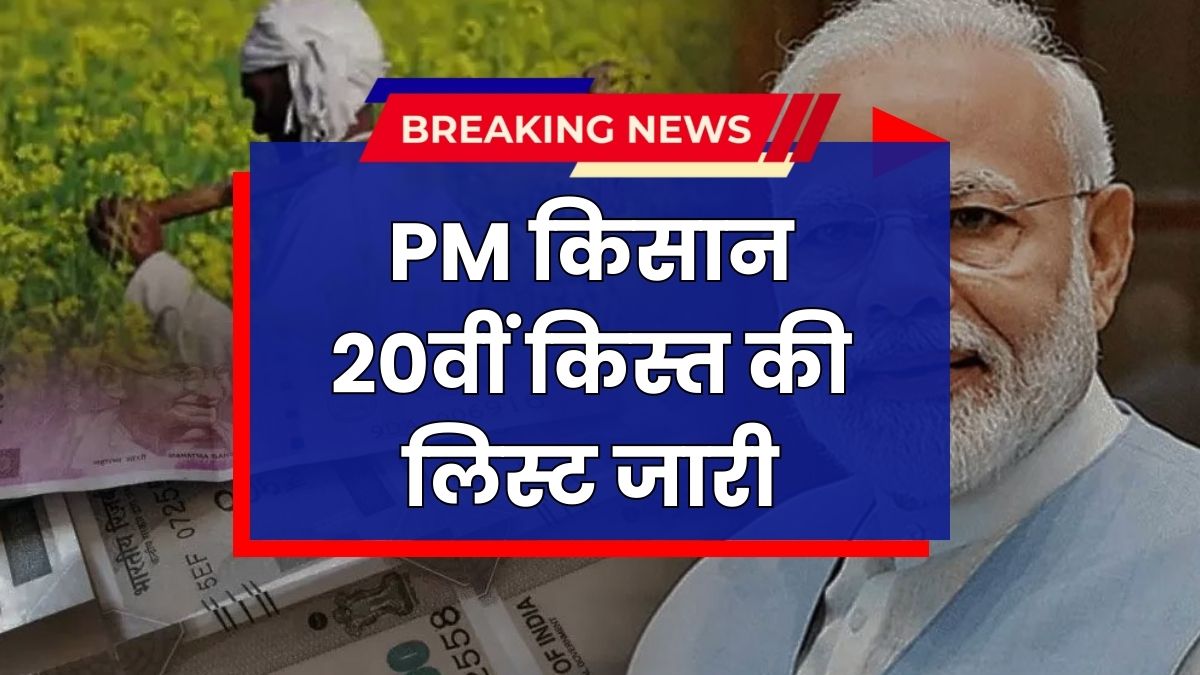Lincoln Wheat Penny Valued at $1.7 Billion – A coin worth $1.7 billion? At first, the idea sounds outrageous—how could a small, copper-colored Lincoln Wheat Penny, originally minted to be worth just one cent, reach such a staggering valuation? While no Lincoln penny has officially sold for anywhere near that amount, the story reflects the excitement and possibility that surrounds rare U.S. coins. Could such a coin exist—and could it still be hiding in plain sight?
What Is a Lincoln Wheat Penny?
The Lincoln Wheat Penny was introduced in 1909, making history as the first U.S. coin to feature a real person—President Abraham Lincoln. The reverse side displays two wheat stalks, symbolizing growth and prosperity, which remained in use until 1958. Although billions were minted, only a small number possess the rare qualities that make them extremely valuable.
Why Would a Penny Be Worth $1.7 Billion?
Though no Lincoln Wheat Penny has ever sold for $1.7 billion, this hypothetical value is based on the idea that a truly unique, flawless, and historically significant coin could reach an unprecedented price point. Here’s what it would take for a penny to be valued so highly:
1. One-of-a-Kind Minting Error
The most famous Lincoln Wheat Penny error is the 1943 bronze cent. During WWII, the U.S. Mint shifted to steel to conserve copper for the war. However, a few pennies were mistakenly struck on bronze planchets. These coins have sold for up to $1.7 million. Now imagine one with an even rarer error—such as a double denomination or struck on a foreign gold blank—and in pristine condition. That could push its value into record territory.
2. Perfect Condition (MS-70)
Coins graded MS-70 (Mint State 70) are considered flawless. If a rare error coin like the 1943 bronze penny were found in MS-70 condition, it would be one-of-a-kind and potentially priceless to the right collector.
3. Historical Provenance
If a coin could be traced back to an important event—such as being the first Wheat Penny ever struck, or once owned by a U.S. president or Mint director—its historical value could be enormous.
4. Billionaire Collector Demand
High-value sales are often fueled by competition between wealthy collectors or museums. If a legendary Wheat Penny were to surface, it could ignite a bidding war—and push its value well beyond typical auction prices.
Could a $1.7 Billion Penny Still Be in Circulation?
As unlikely as it sounds, yes—it’s possible, though extremely rare. Over the years, highly valuable coins have been discovered in:
- Pocket change
- Coin rolls from banks
- Estate sales and old boxes
- Coin jars and desk drawers
Since many people are unaware of what makes a coin valuable, it’s not out of the question that a multi-million-dollar penny could still be out there, unnoticed by the average person.
What to Look for in a Valuable Wheat Penny
If you’re searching for that dream penny, here’s what to keep in mind:
- Key Dates: Look for 1909-S VDB, 1914-D, 1922 No D, 1931-S, 1943 bronze, and 1944 steel.
- Mint Marks: Found just below the date. “S” = San Francisco, “D” = Denver, no letter = Philadelphia.
- Metal Type: If your 1943 penny looks copper instead of silver, test it with a magnet. Steel sticks, copper doesn’t.
- Weight: Bronze pennies weigh ~3.11 grams, while steel ones weigh ~2.7 grams.
- Condition: Coins with no wear, strong detail, and original luster are worth significantly more.
- Errors: Double dies, off-center strikes, and planchet flaws can make even common-date coins valuable.
What to Do If You Think You’ve Found One
- Do not clean the coin—cleaning reduces value significantly.
- Handle it carefully, preferably with gloves or by the edges.
- Store it safely in a coin holder.
- Have it graded by a professional service like PCGS or NGC.
- Consult experts or auction houses if it’s authenticated as rare.
Conclusion
While a $1.7 billion Lincoln Wheat Penny may still be a legend, the possibility of a coin being worth millions is very real. Rare dates, mint errors, perfect grades, and unique history can transform a forgotten penny into a national treasure. Whether you’re a serious collector or just curious, one thing is clear: the next time you come across an old penny, it might be worth more than you ever imagined. Keep looking—your fortune could be hiding in plain sight.
Disclaimer: The value of coins discussed here is based on historical trends and collector speculation. Actual coin values depend on condition, rarity, and market demand. Always consult a certified coin appraiser for accurate valuation.
